Tofu is a gentle food that has oddly generated both fear and confusion. Since writing my Asian Tofu cookbook, I’ve fielded lots of tofu queries. People typically need clarification about:
- What tofu is
- Whether tofu is bad for health
- How to remove water from tofu
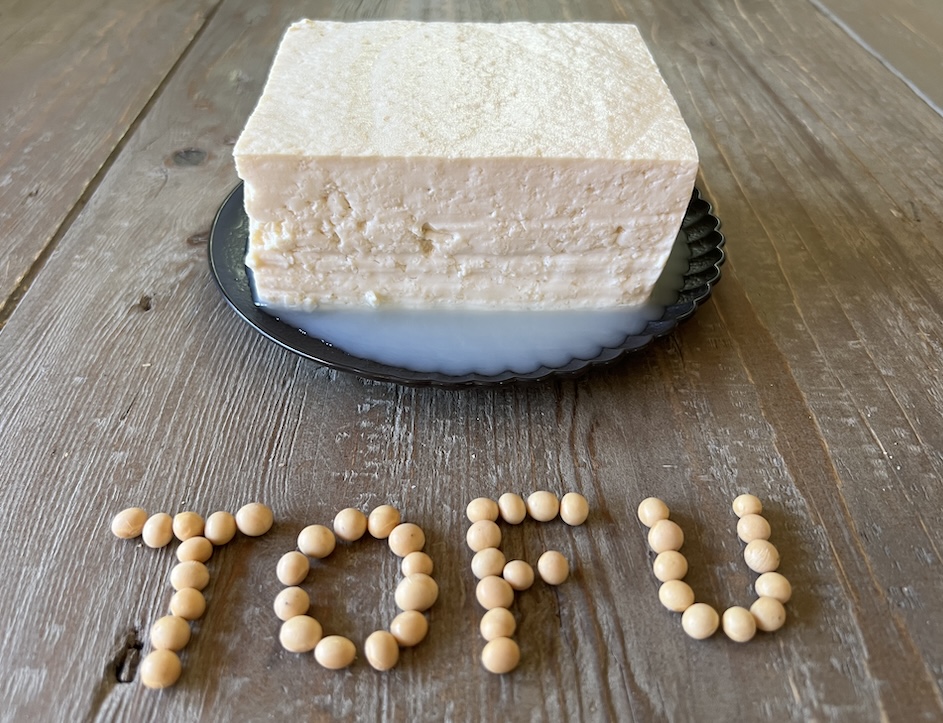
(1) What is tofu? Is tofu a processed food? Is tofu fermented?
Tofu is made from 3 ingredients — dried mature soybeans (not immature edamame!), water, and coagulant. With a very high protein content, soybeans are the vegetable that’s closest to being like an animal!
Tofu is prepared like cheese but the milk is rendered from rehydrated soybeans. You’re not squeezing a cow to get the milk, but rather you’re expelling the silky rich liquid from a finely ground slurry of soybeans and water.
There are many ways to make tofu. When hot soy milk is coagulated with a salt or acid, soy curds separate from clear liquid whey. The curds are transferred to and pressed in molds to make block tofu. My Asian Tofu cookbook field research led me to Tokyo where I visited a neighborhood tofu shop, the source of this photo:
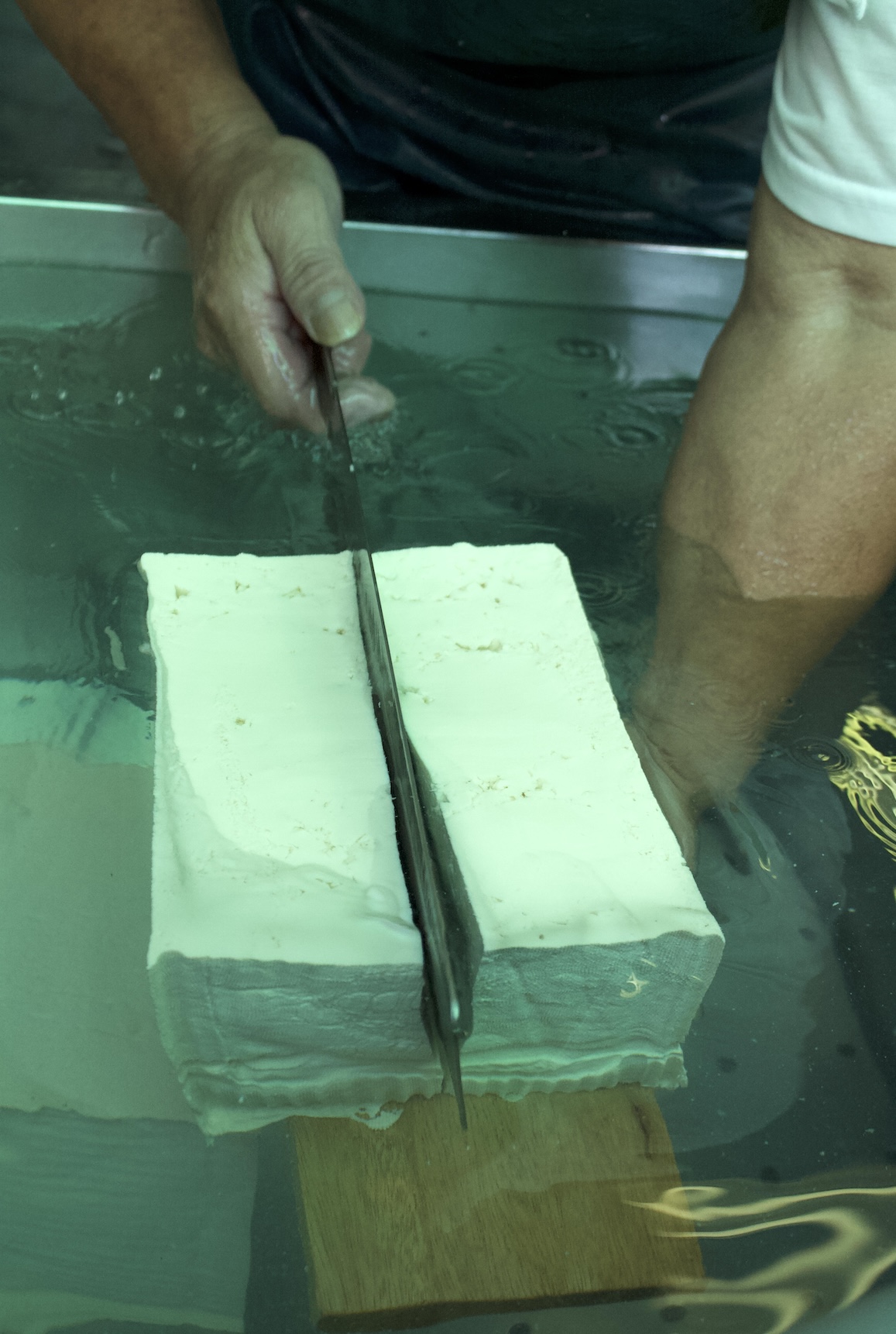
Slightly different are silken tofu and tofu pudding. The curds and whey do not separate during coagulation. The hot soy milk firms up in a mold or pot.
The process involved in making tofu is a natural one. It is transformative but it’s not a laboratory food resulting from the modern industrial processed food complex. Tofu got its start about 2,000 years ago in China. It’s ancient stuff. Yes, I’ve made tofu and you can too.
How to make fresh soy milk and tofu?
My recipes and video instructions are at this website, accessible via this link. Yes, you can do it!
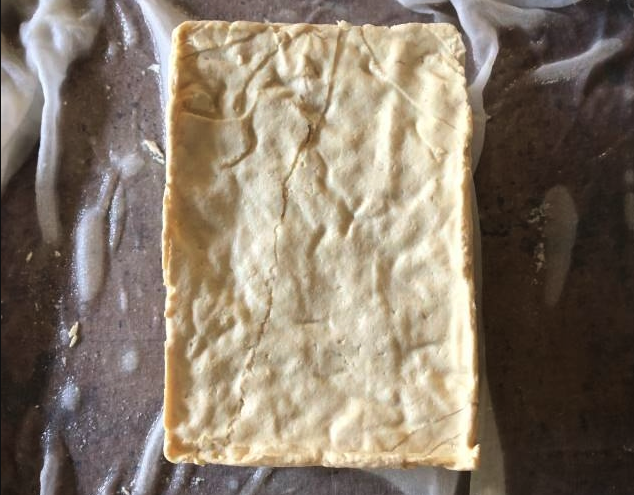
People mostly eat fresh tofu (think mozzarella or ricotta) sold at supermarkets large and small, from mainstream and big box stores to health food markets and specialty grocers.
Like cow’s cheese, tofu can be aged to make fermented tofu. The result is akin to blue cheese — creamy, salty, a bit funky and super savory. Some people eat fermented tofu with rice, porridge, or even spread on bread. I prefer to use its umami base notes to punch up dishes. In Ever-Green Vietnamese, white fermented tofu gets showcased in stir-fried leafy greens, dips, salad dressings and steamed eggs. The fermented tofu recipes in the book are among my favorites.
Red fermented tofu lends crimson color and earthy umami to Chinese roast pork, char siu, and some braises too. The red color comes from red yeast rice.
Stinky tofu is marinated in a special brine to acquire its unusual flavor and aroma. . . .
For the remainder of the article, jump to my newsletter, Pass the Fish Sauce. Subscribe to never miss a thing!














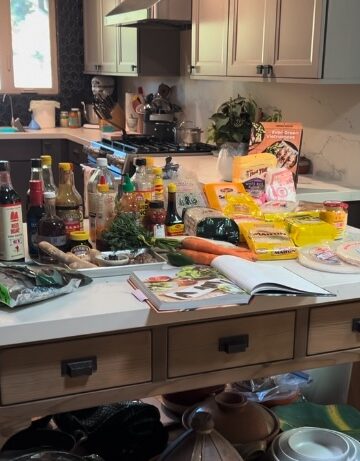
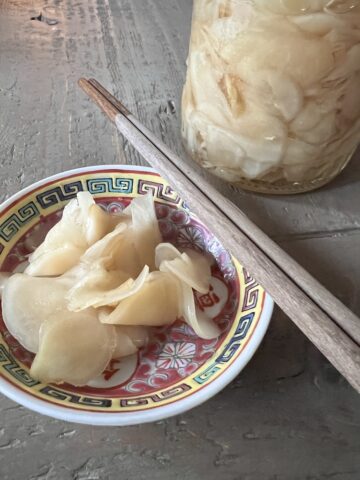
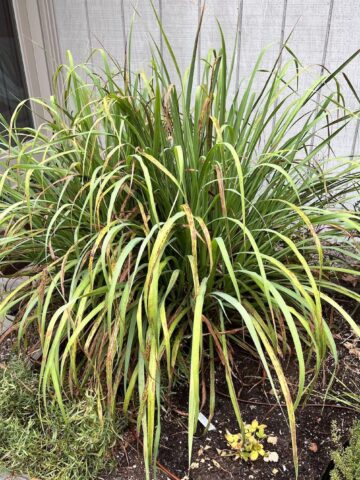
Leave a Reply